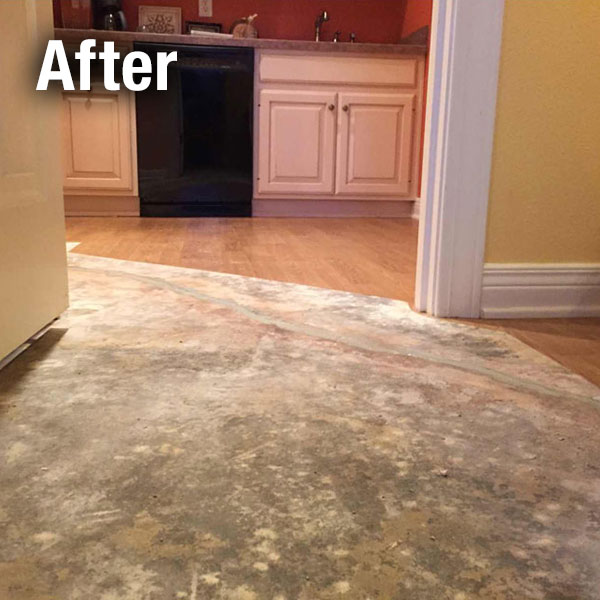A-1 Concrete Leveling, Colorado Springs, offers High-Density Polyurethane Foam Injection for concrete leveling, stabilization, and void filling applications. A-1 Concrete's foam concrete lifting offers the same great results as our grout-based method. With a range of installation methods and product performance characteristics, our foam method may be the best and most cost-effective solution for your leveling needs.
Our low-pressure, foam injection uses a polyurethane-based material. It is injected under the slab as a liquid and expands before curing, filling any voids and raising the concrete. In only seconds it will reach its final volume. After curing, it will never lose its density and will maintain its compressive strength. A-1 Concrete's foam leveling material won’t break down or wash out from water.
Foam injection concrete lifting can be done quickly, with the surface being usable immediately. Injection hole sizes are smaller than grout-based applications, making it a good solution for highly visible areas or decorative concrete surfaces.
There are many times when foam injection is the only repair process that will address a problem. These include:
- Sensitive or Expensive Surfaces. Because foam injection uses small (3/8”) holes, it is an ideal repair method for settled slabs which have decorative coatings, surface treatments or other characteristics, such as brick and stone overlays. Injection holes can be patched with stained concrete to blend in with the surrounding material. For repairing slab floors covered with wood, we cut a small access area to the reveal the concrete floor, and then secure the wood back into place after leveling is completed. For carpeted areas, small squares can be cut to reveal the concrete surface, and then be glued back down after leveling.
- Difficult Work Sites. Foam injection equipment can be transported to work sites that are inaccessible to grout trucks, making it an effective solution to virtually any job location.
- Areas where cleanliness is important. Due to the ability to use fewer and smaller holes, minimal dust is created in preparing the surface. Additionally, because there is a mechanical connection between the injection equipment and the slab, minimal material is exposed to the surface or surroundings.





